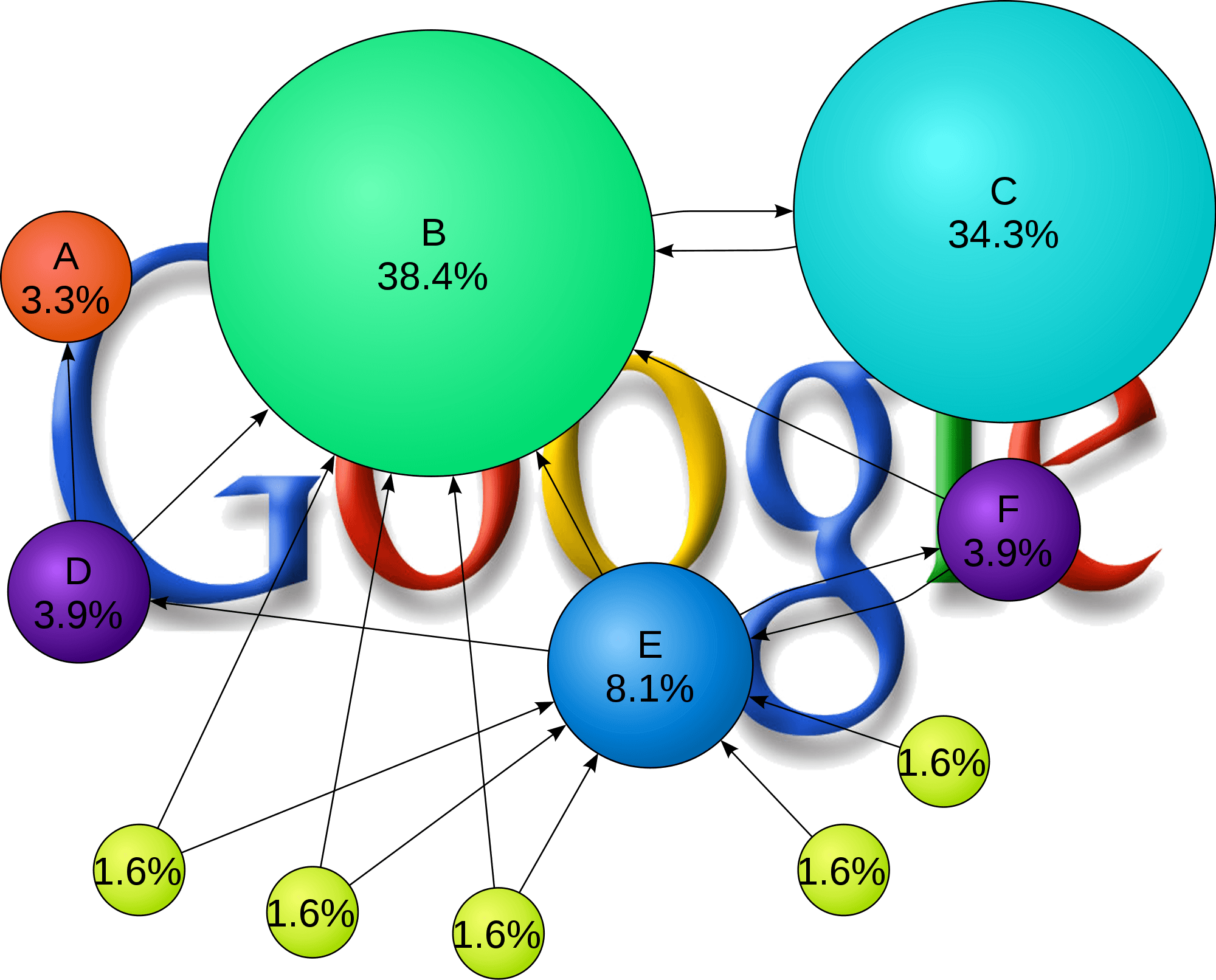How To Do A Google PageRank Check In 2015
As most of you may already know, performing a Google PageRank check in 2015 using the Google PageRank toolbar is no longer an effective method for discovering a site’s PageRank due to Google not publiclly updating PageRank since December 6, 2013. However, this does not mean that PageRank (PR) is no longer a factor as there are still a few ways that you can estimate a site’s PageRank without the toolbar.
A Little About How PageRank Works
Before I get into how to do a Google PageRank check, it’s important that you understand how PageRank works. You see, PageRank is a logarithmic algorithm, although the exact scale has never been revealed (it has been estimated to be between 2 and 10). What this means is that an inbound link from a PR 2 website is 2 to 10 times better than a PR 1 backlinks, a PR 3 backlink is 4 to 100 times better than a PR 1 backlinks, and so on and so forth.
How To Do A Google PageRank Check
Now that you know a little about how PageRank works, it will be easier to understand how you can estimate a site’s current PR. This is just a tip, but if a website had a high PageRank during the final public PR update, there’s a good chance that it still has that same PageRank, especialyl if the site is still ranking well and receiving visitors. Got that? Good, now let’s continue.
To estimate a site’s PageRank, you need to take all of a site’s inbound links into account since PageRank is determined by the PageRank of the site’s linking to it. For example, if websites that previously had a high PR are still linking to the website that you’re estimating the PR for, then it’s likely that the site that those other websites are linking to is also a high PR site.
Alternatively, you can use the original formulka for calculating PageRank:
PR(A) = (1-d) + d (PR(T1)/C(T1) + … + PR(Tn)/C(Tn))
- PR(A) is the PageRank of page A,
- PR(Ti) is the PageRank of pages Ti which link to page A,
- C(Ti) is the number of outbound links on page Ti and
- d is a damping factor which can be set between 0 and 1.
Related Articles:
- The Difference Between B2B SEO & B2C SEO
- Everything You Need To Know About Parasite SEO
- Can The Google Knowledge Vault Redefine Modern Search?
- The Complete List Of Google Penalties
- White Hat Link Building: How To Avoid Link Schemes
- Are Link Building Services Black Hat or White
- What You Need To Know About SAPE Links
- Poor Website Ranking? Here Are 15 Reasons Why
- What Is URL Cloaking And How Does It Work?
- Are The “Rank 1 In Google For Any Keyword” Services A Scam? - April 1, 2025
- OfficeOutlaw.com: Our New Internet Marketing Forum - March 26, 2025
- What You Need To Know Before Using Microsoft Teams - March 24, 2025

